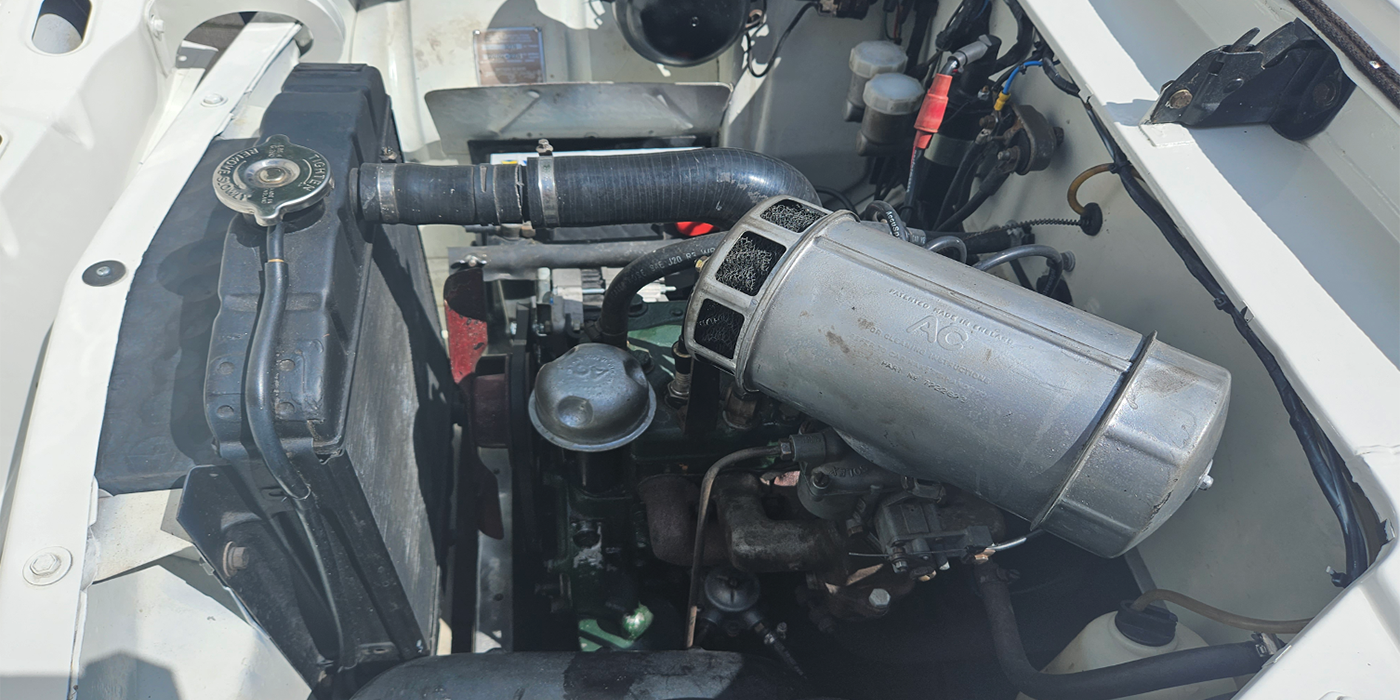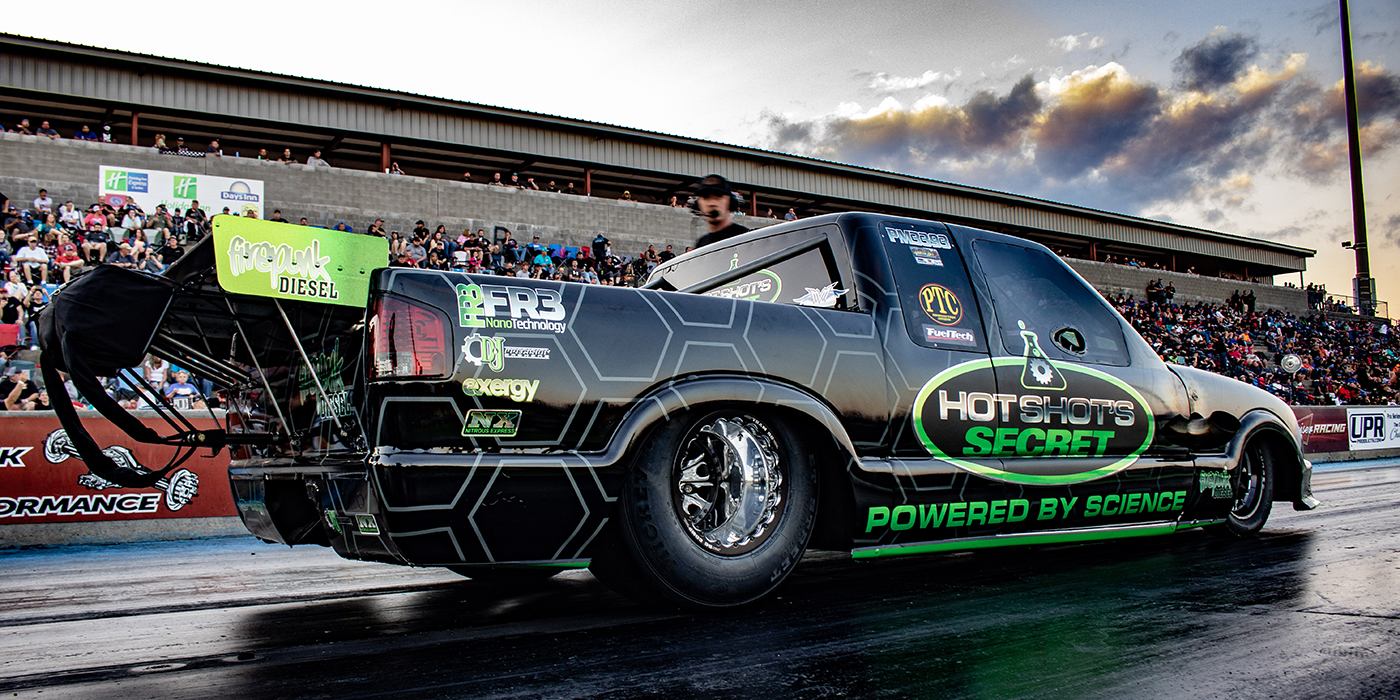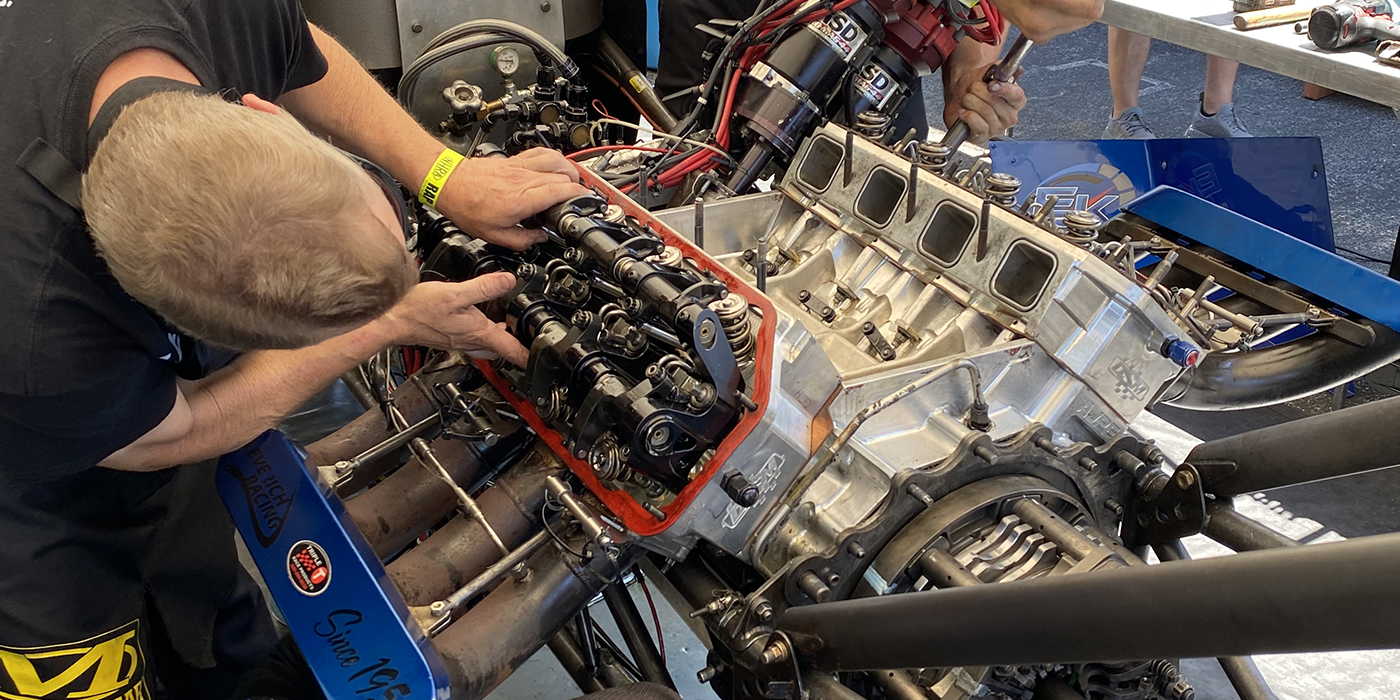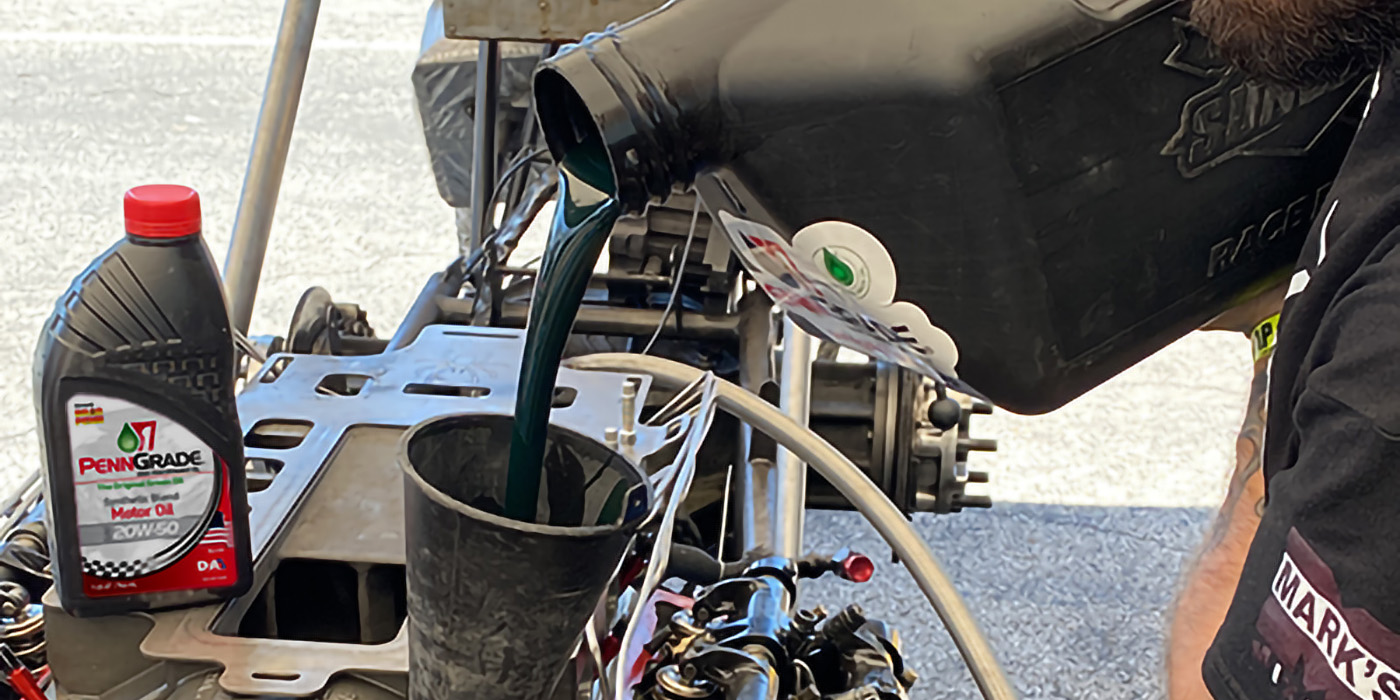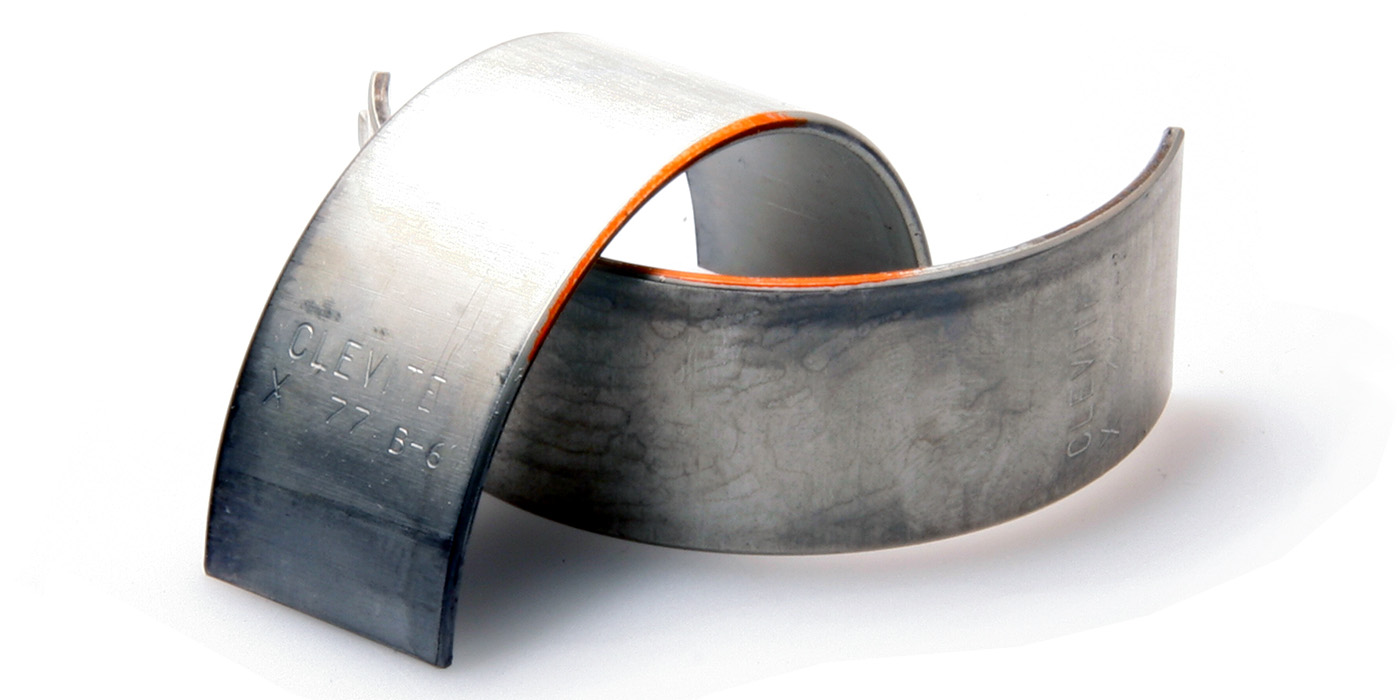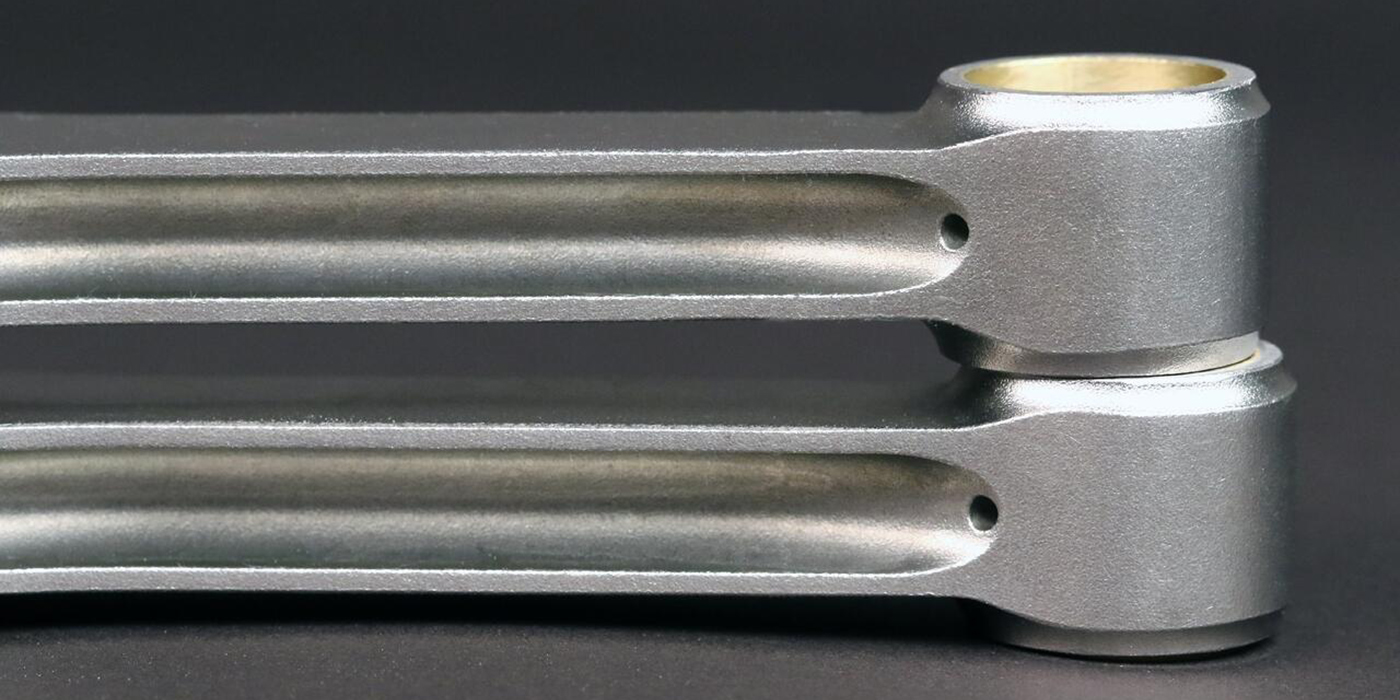It’s amazing how something that may be damaging or corrosive in one circumstance can be of great value in another, like using extremely dangerous explosives to put out an oil well fire.
This month we are going to talk about a similar action yet on a much smaller scale, microscopic actually, and it’s called “cavitation.” In today’s bi-metal or all aluminum engines that have more horsepower, smaller displacement, operate at trace detonation and higher coolant temperature and pressure, a higher incidence of engine failures due to cavitation are being reported regularly. Cavitation has been known to the diesel industry for some time and the methods of prevention have been coolant additives and strict coolant maintenance/change intervals.
Ask 100 people in the automotive industry what cavitation is and you will get about that many different answers. I have to admit I thought I had a pretty good understanding of it until I spent time researching trying to find a simple and clear way to explain what cavitation actually is. Simply, imagine blowing up a balloon until it explodes. That is cavitation, only contained within a liquid.
Cavitation is the formation of small bubbles in the coolant. In diesel engines this usually occurs on the OD of the cylinder liners. These bubbles form when the shock of combustion causes the liner to expand and contract. The contraction is so rapid that pressure void points (typically on the thrust side of the cylinder wall) cause micro-boil bubbles.
Like our balloon that exploded, these micro bubbles implode with point pressure of up to 60,000-psi. When this occurs small particles of the base metal flake off, resulting in erosion holes and eventual failure.
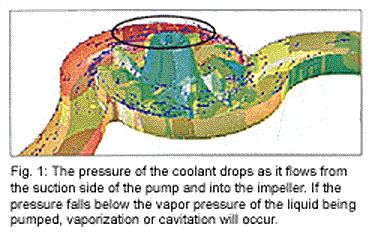
In today’s automotive gasoline engines this damage most often occurs at the water pump impeller or the impeller-mating surface of the front cover. How does this happen? The pressure of the coolant drops as it flows from the suction side of the pump and into the impeller. The amount of pressure drop is a function of many factors, including pump geometry, rotational speed, frictional and hydraulic shock losses and flow rate. If the pressure at any point within the pump falls below the vapor pressure of the liquid being pumped, vaporization or cavitation will occur (See Figure 1). For example, water at 100° F (38° C) will boil or vaporize if exposed to a vacuum of 28-in. Hg.
Erosion of the impeller is rarely an issue for a reman-engine since replacement of the water pump is a required standard of procedure by ever builder, remanufacturer or OEM. A front cover, 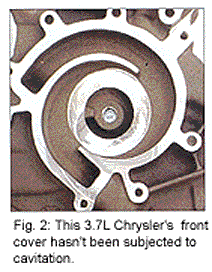
however, will most often be cleaned and reused by an installer without realizing that the water pump area may have damage. In Figure 2 you see the water pump impeller-mating surface of a new front cover, in this case a 3.7L Chrysler engine. In Figure 3 you see that same surface with extreme damage due to cavitation. An installer would obviously not overlook this cover. But a cover that has the early stages of cavitation pitting might be overlooked and could potentially result in overheating and/or premature engine failure.
Making certain that your customers are aware of this danger prior to the installation of your remanufactured engine could avoid potential warranties.
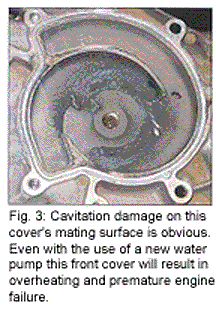
So now you’re wondering what possible good can come from all of this? Cavitation is the premise by which ultrasonic cleaning equipment operates. The use of controlled cavitation is the method by which removing dirt, carbon and any debris is removed from parts without the damage of using abrasives. I guess you can say they are “scrubbing bubbles.”
I sincerely hope that you have a prosperous New Year for 2006 and that Core Corner and the all new EDS G3 (EngineDataSource.com Gen III) can be a part of that success.
For technical questions, contact the Production Engine Remanufacturers Association (PERA) at [email protected].







